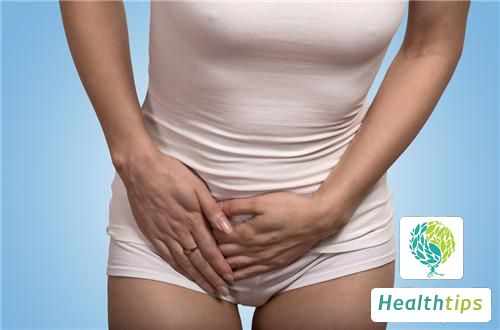After puberty, women will experience menstruation, which indicates the development of the second sex characteristics. However, most women may experience menstrual disorders. Generally speaking, menstrual disorders refer to abnormalities in menstrual cycle, menstrual volume, menstrual color, etc. These abnormal changes are all manifestations of menstrual disorders. Of course, abdominal pain during menstruation is also one of the symptoms of menstrual disorders.
 Menstrual disorders, also known as irregular menstruation, are common gynecological diseases. They are manifested as abnormalities in menstrual cycle or bleeding volume, which may be accompanied by abdominal pain and systemic symptoms before and during menstruation. The causes may be organic lesions or functional disorders. The following are some manifestations of menstrual cycle or bleeding volume disorders: 1. Irregular uterine bleeding is a clinical symptom, including excessive menstrual bleeding or prolonged duration or dripping bleeding. It is commonly seen in diseases such as uterine fibroids, endometrial polyps, endometriosis, or dysfunctional uterine bleeding. 2. Dysfunctional uterine bleeding refers to abnormal uterine bleeding caused by endocrine dysregulation without obvious organic lesions in the internal and external reproductive organs. It is the most common type of menstrual disorders, commonly seen in adolescence and menopause. It is divided into ovulation and non-ovulation types, with about 85% of cases belonging to non-ovulation functional bleeding. 3. Amenorrhea is a common symptom in gynecological diseases and can be caused by various reasons. Amenorrhea is usually divided into two types: primary and secondary. Amenorrhea in women over 18 years of age who have not menstruated is called primary amenorrhea; amenorrhea that lasts for more than 6 months after menarche and before normal menopause (excluding pregnancy or lactation) is called secondary amenorrhea. 4. Menopause means the cessation of menstruation, referring to the cessation of menstruation for more than 12 months. However, during perimenopause, there are often changes in menstrual cycle and menstrual volume. Manifestations include shortened menstrual cycle, mainly shortened follicular phase, absence of ovulation, and increased menstrual volume.
Menstrual disorders, also known as irregular menstruation, are common gynecological diseases. They are manifested as abnormalities in menstrual cycle or bleeding volume, which may be accompanied by abdominal pain and systemic symptoms before and during menstruation. The causes may be organic lesions or functional disorders. The following are some manifestations of menstrual cycle or bleeding volume disorders: 1. Irregular uterine bleeding is a clinical symptom, including excessive menstrual bleeding or prolonged duration or dripping bleeding. It is commonly seen in diseases such as uterine fibroids, endometrial polyps, endometriosis, or dysfunctional uterine bleeding. 2. Dysfunctional uterine bleeding refers to abnormal uterine bleeding caused by endocrine dysregulation without obvious organic lesions in the internal and external reproductive organs. It is the most common type of menstrual disorders, commonly seen in adolescence and menopause. It is divided into ovulation and non-ovulation types, with about 85% of cases belonging to non-ovulation functional bleeding. 3. Amenorrhea is a common symptom in gynecological diseases and can be caused by various reasons. Amenorrhea is usually divided into two types: primary and secondary. Amenorrhea in women over 18 years of age who have not menstruated is called primary amenorrhea; amenorrhea that lasts for more than 6 months after menarche and before normal menopause (excluding pregnancy or lactation) is called secondary amenorrhea. 4. Menopause means the cessation of menstruation, referring to the cessation of menstruation for more than 12 months. However, during perimenopause, there are often changes in menstrual cycle and menstrual volume. Manifestations include shortened menstrual cycle, mainly shortened follicular phase, absence of ovulation, and increased menstrual volume.




















